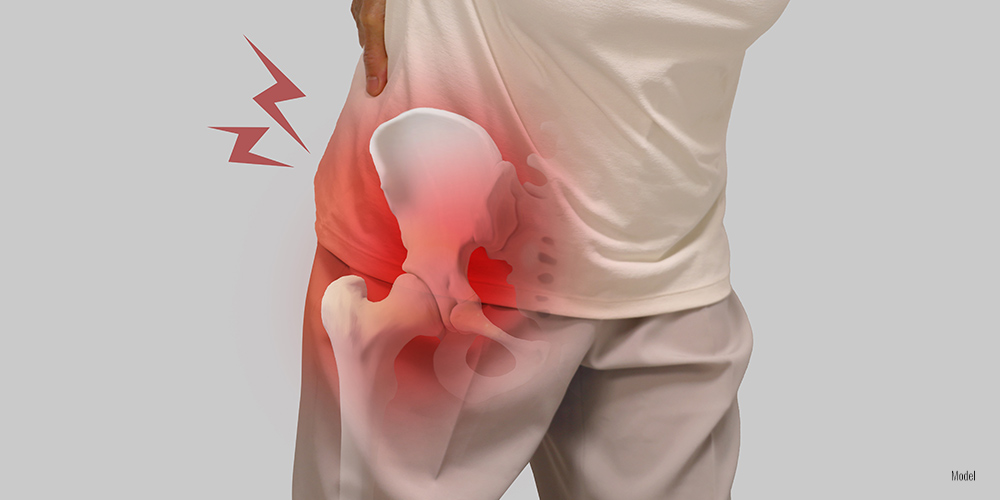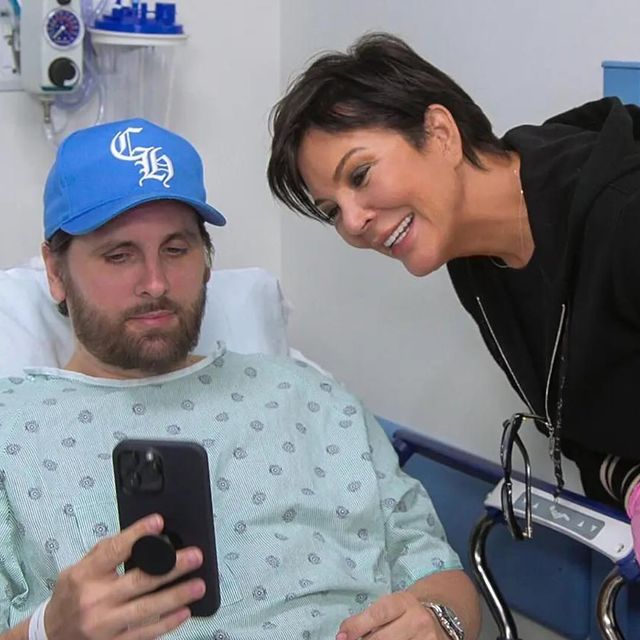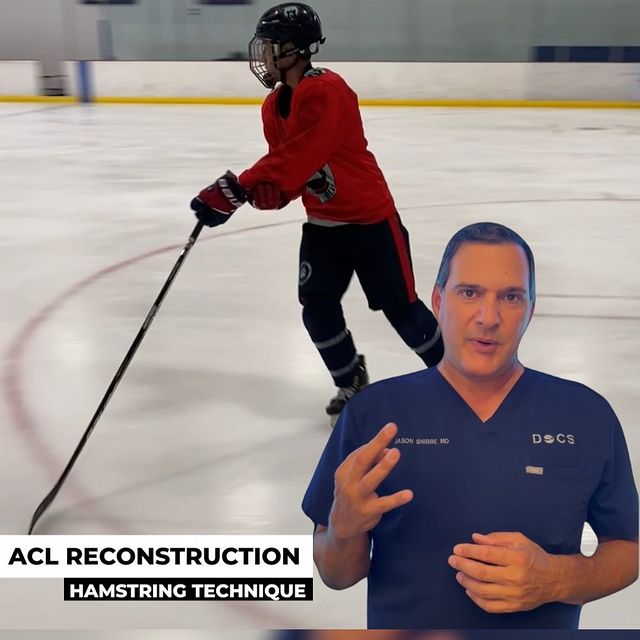5 minute read

A hip labral tear can occur due to issues such as overuse, wear, tear, and even injury. When this happens, the damage to the labrum needs to be repaired. Many serious issues can develop if the issue is left untreated. In this blog, we will explore the various problems that may occur if a hip labral tear is not promptly repaired and how hip arthroscopy can address the problem when conservative approaches prove ineffective.
What to Expect if a Hip Labral Tear Is Not Treated
A hip labral tear is a serious medical issue that develops when the labrum gets damaged. The labrum is the ring of cartilage that cushions the hip joint. In addition to helping the hip joint to move smoothly, this ring of cartilage plays a critical role in providing stability. Patients can experience the following symptoms if a labrum tear is left untreated.
Increased Pain
Pain is one of the most obvious symptoms of damage to the labrum. This pain typically starts in the groin area but can spread to the outer hip and even buttocks. You can feel a sharp pain during movement, such as when you rotate your leg or engage in physical activity.
The hip joint is constantly being used, meaning that the damaged labrum will continue to bear more and more pressure. If the issue is not treated, this pain will likely worsen over time. Simple day-to-day tasks such as walking, standing, and even sitting may become extremely painful. You might even experience significant discomfort while lying down or sleeping on the affected side.
Reduced Mobility
The hip joint plays a critical role in movement. If your hip labral tear is not repaired promptly, it might become increasingly difficult for you to move your leg in certain directions. In some cases, people with an untreated hip labral tear suffer stiffness in the hip joint and may also notice a clicking or locking sensation when moving their hip. Failure to promptly get your damaged labrum repaired could make simple activities like walking, bending, or sitting for extended periods extremely challenging. Over time, this loss of mobility can adversely affect your daily life, making it harder for you to perform routine tasks and enjoy activities you really love.
Hip Instability
The labrum creates a suction seal for the hip socket, stabilizing the joint. When the labrum is damaged, it can compromise the stability of your hip joint. As such, the hip joint might feel loose or wobbly, especially during physical activity. Consequently, if left untreated, a damaged labrum can make you susceptible to recurring episodes of hip dislocation or subluxation. These issues can adversely impact your ability to stay active and can significantly increase your risk of falls and further injuries.
Progression to Osteoarthritis
One of the most serious dangers of not repairing a hip labral tear is the potential for osteoarthritis to develop. Osteoarthritis is a condition that occurs when the cartilage in the joint wears down over time, which causes bones to rub against each other, leading to pain, swelling, and stiffness. An untreated hip labral tear makes the hip joint less stable, which makes the cartilage more susceptible to wear and tear. Over time, this can speed up the breakdown of cartilage in the hip joint, leading to osteoarthritis. If initial conservative treatments aren’t enough, an orthopedic surgeon like Dr. Jason Snibbe may recommend total hip replacement.
Muscle Weakness
The hip joint is surrounded by several muscles that help with movement and stability. An untreated hip labral tear may result in muscle weakness. The body compensates for the instability in the hip joint by overusing other muscles. As a result, the muscles around the hip can become strained, and your overall strength may decrease. Muscle weakness can lead to imbalances in the body, causing problems in other areas, including the lower back, knees, or ankles.
Can a Hip Arthroscopy Help Treat a Hip Labral Tear?
A hip arthroscopy is a minimally invasive surgical procedure that seeks to repair a hip labral tear. During this procedure, Dr. Snibbe makes small incisions around the hip joint. A tiny camera is then inserted through one of the incisions to provide a better view of the joint. Dr. Snibbe expertly inserts specially designed surgical tools through the other incisions to repair the damage.
A hip arthroscopy is often recommended for people with hip labral tears who have failed to find relief through non-surgical treatments. The good news is that the procedure is minimally invasive but highly effective. After the procedure, you will be able to return to light activities within a few weeks. However, you may have to wait for a couple of months before you can start engaging in more strenuous activities.
When to Seek Treatment for a Hip Labral Tear
When you suspect that you have a hip labral tear, it is imperative for you to immediately seek medical attention. This is because delaying treatment can exacerbate the symptoms and even lead to long-term damage. Your doctor may first recommend conservative, non-surgical treatment options such as rest or physical therapy. If these options fail, you may have to consult with an orthopedic surgeon about hip arthroscopy. While surgery might sound intimidating, it will go a long way in preventing the condition from worsening. It can also help you to quickly get back to your normal activities with less pain and improved mobility.
Learn More About Hip Labral Tear Treatment in Los Angeles, CA
If you are looking for an experienced board-certified orthopedic surgeon providing hip arthroscopy in Beverly Hills and Los Angeles, Dr. Jason Snibbe is here to help. Call (310) 746-5918 or fill out our online form to schedule a consultation.






